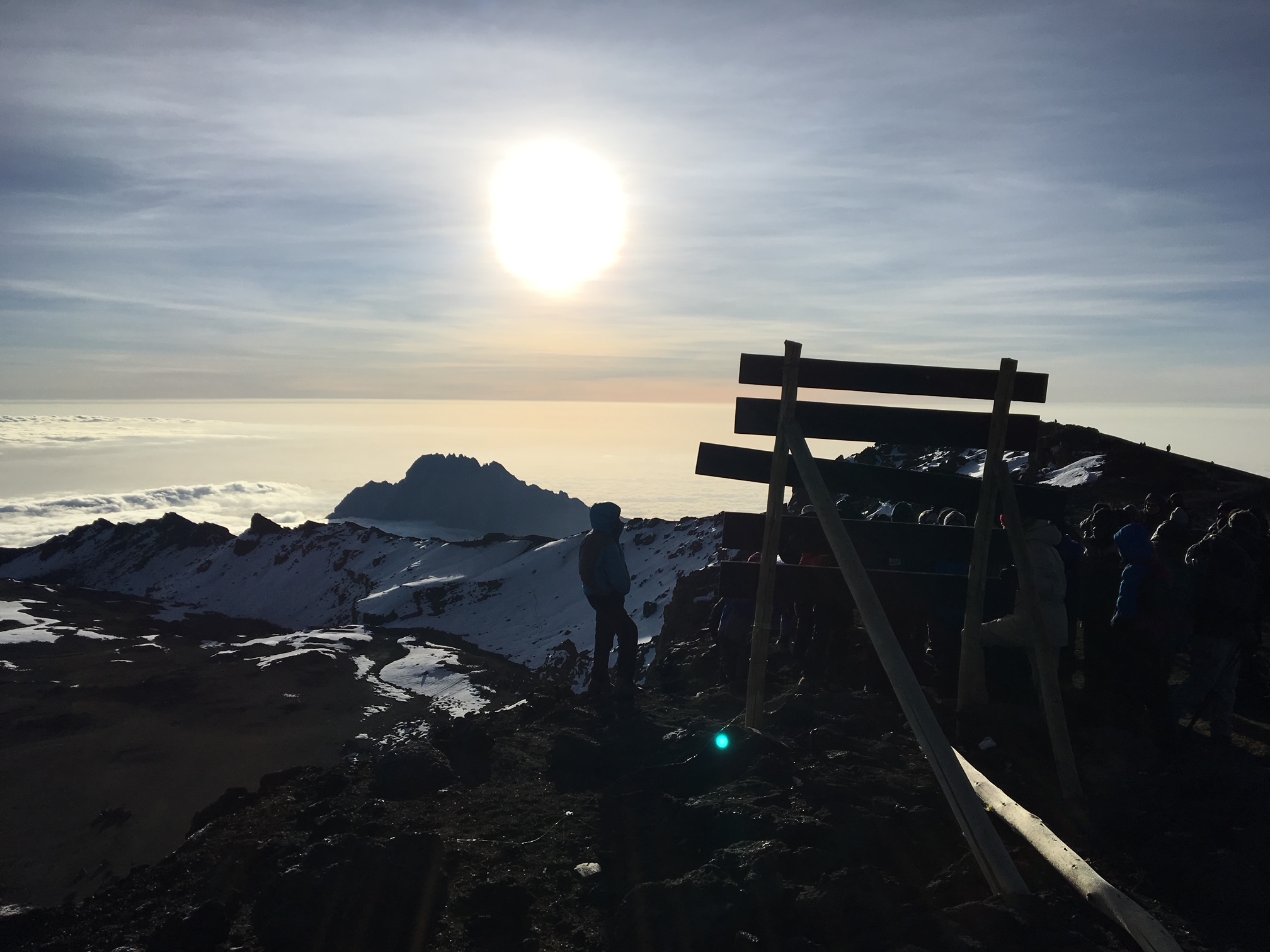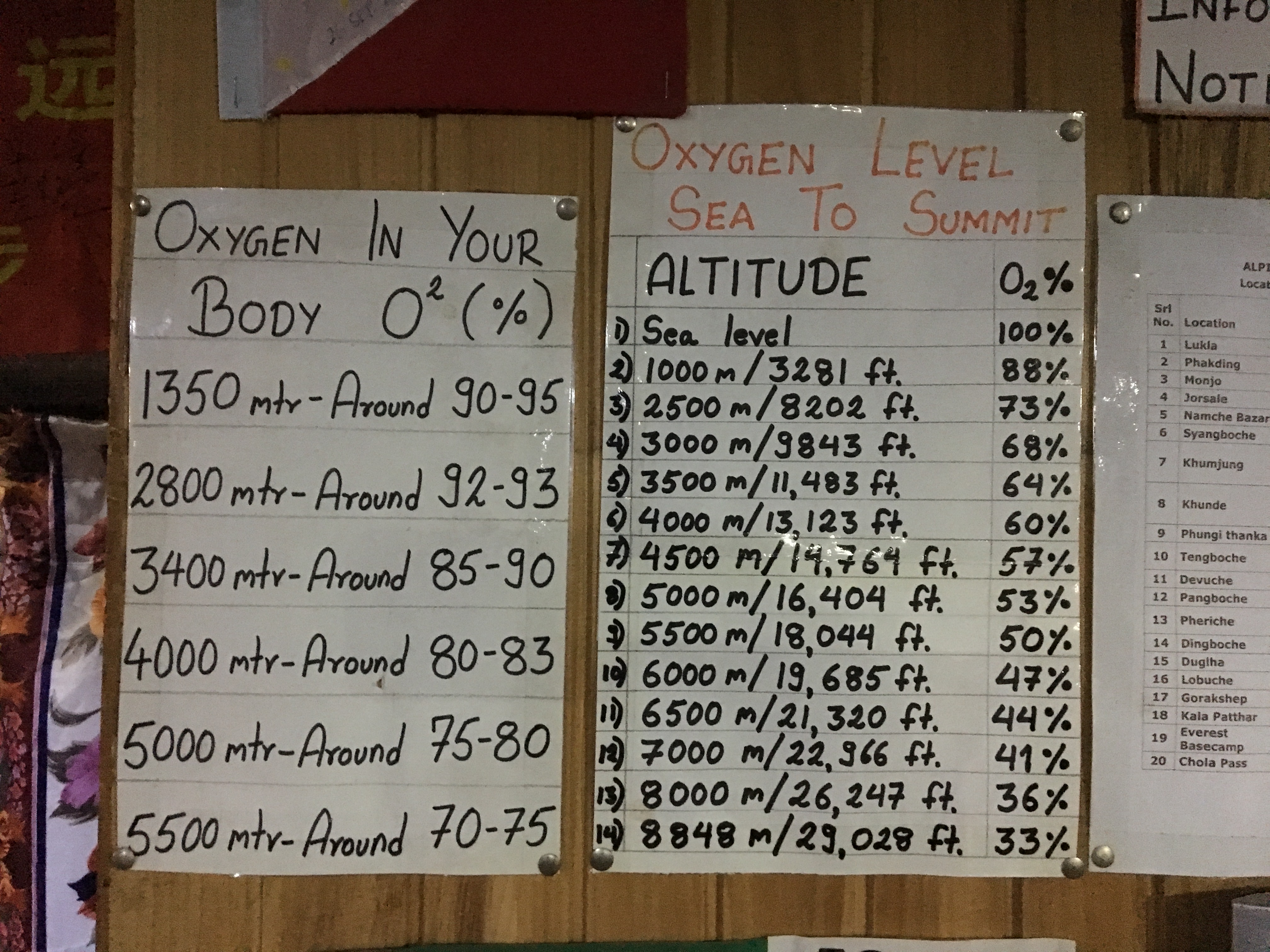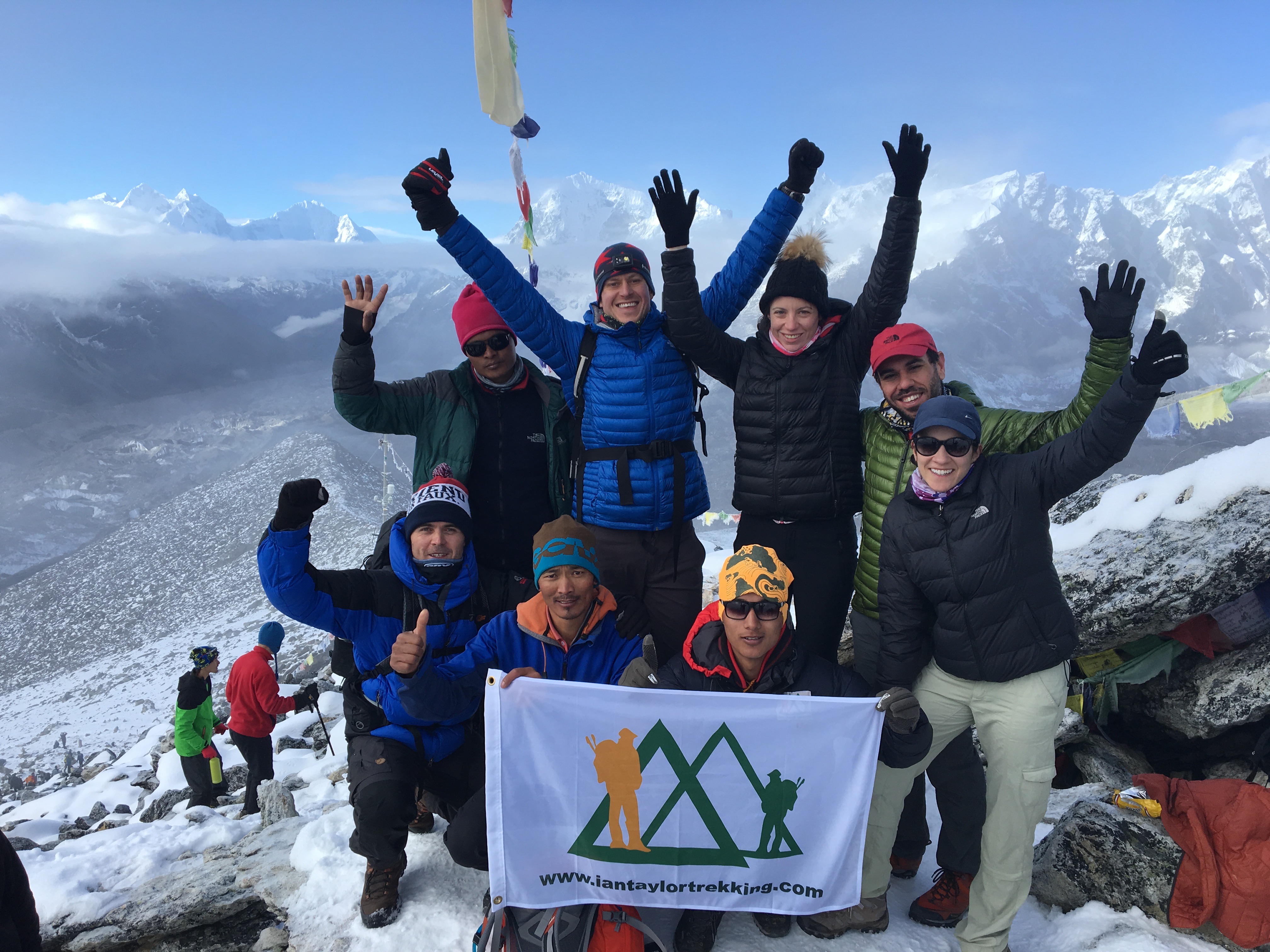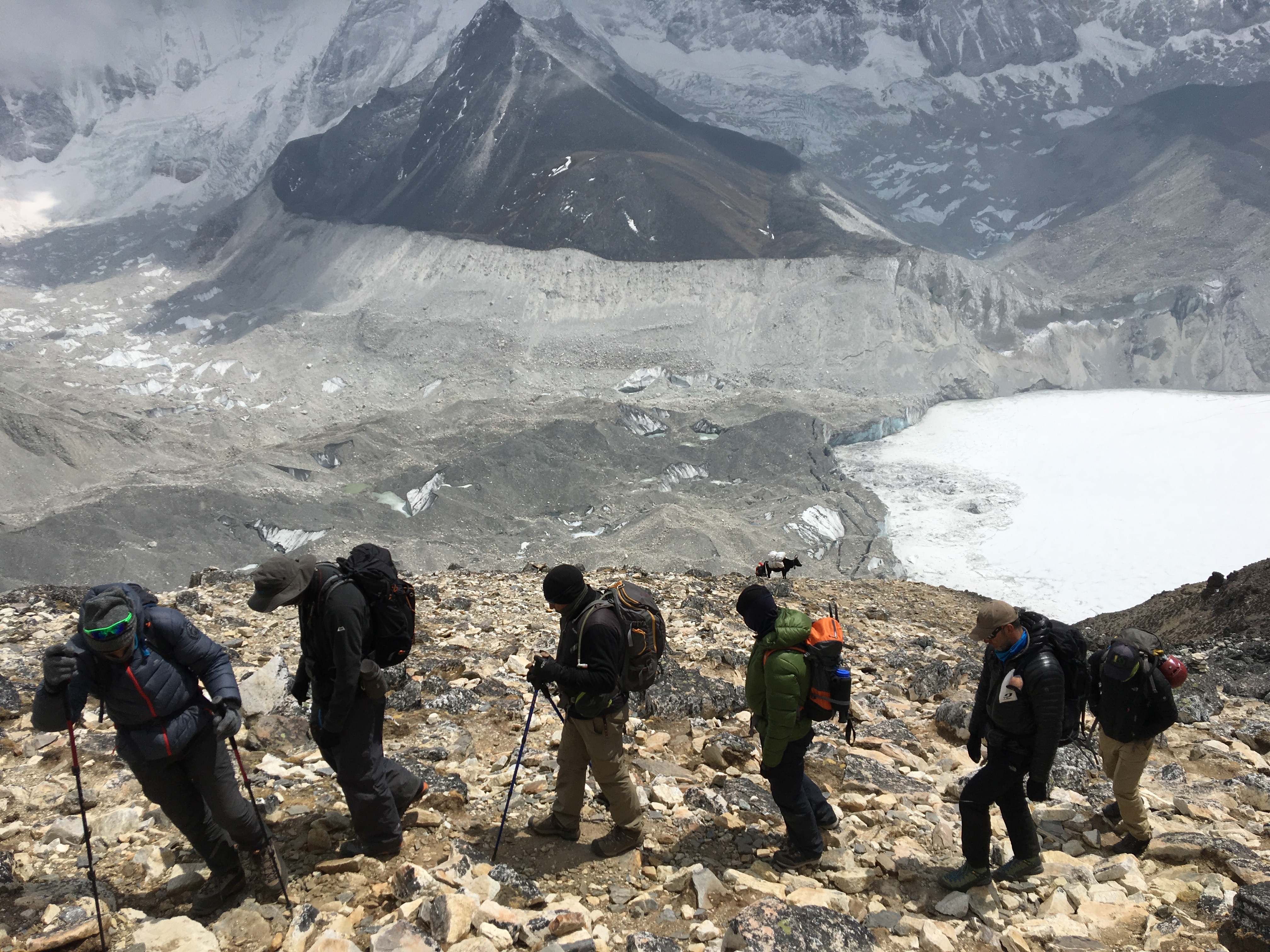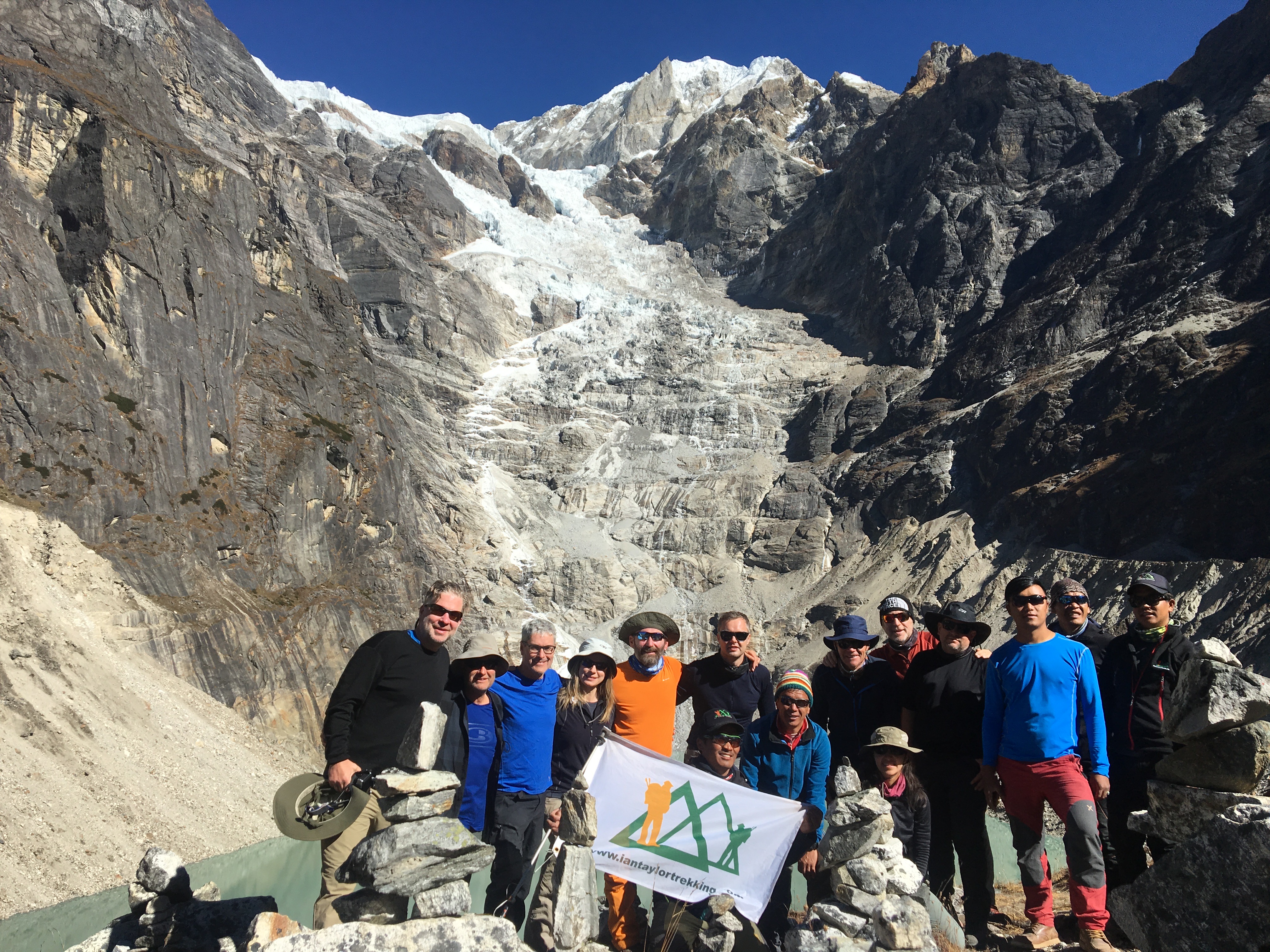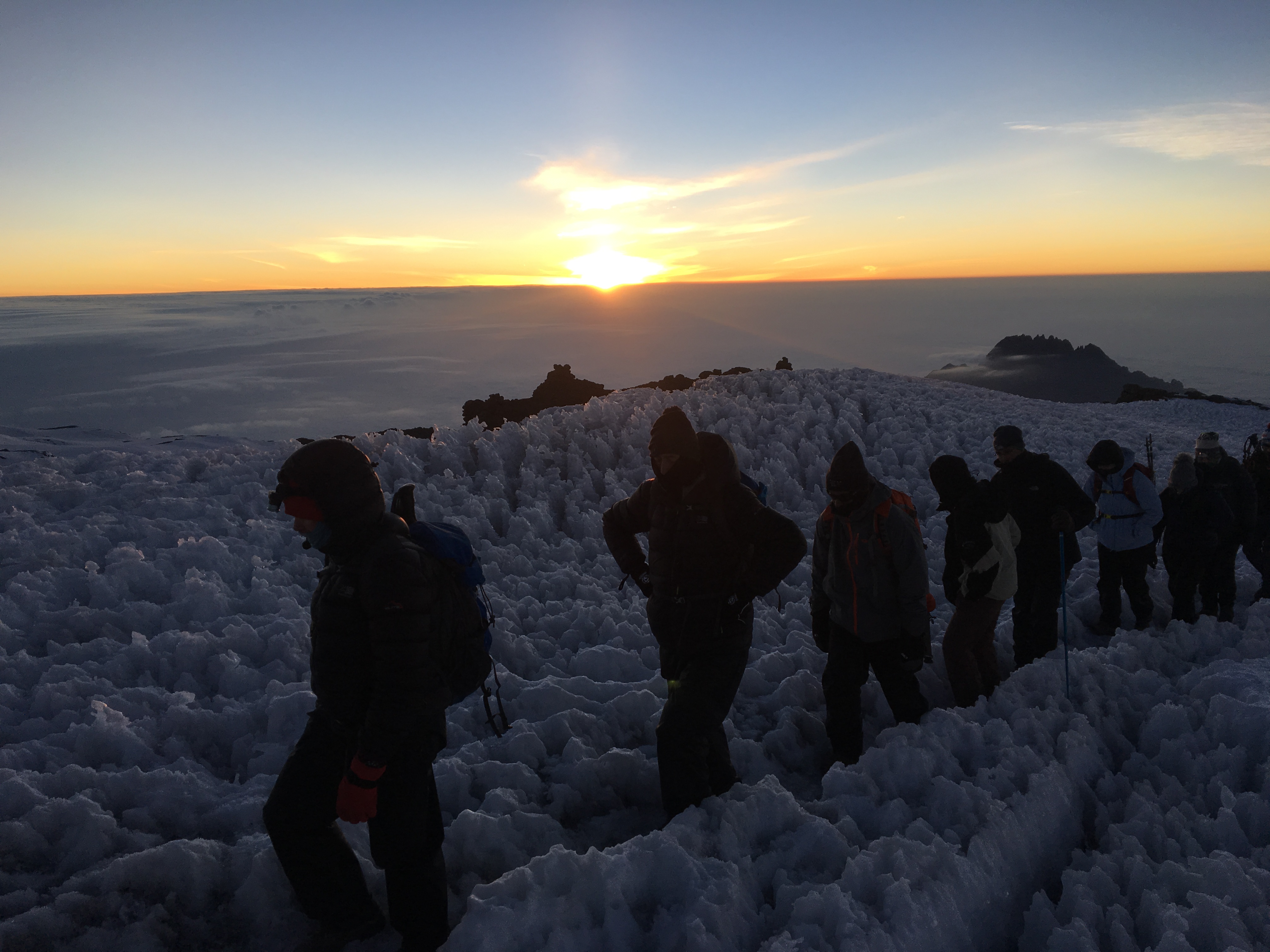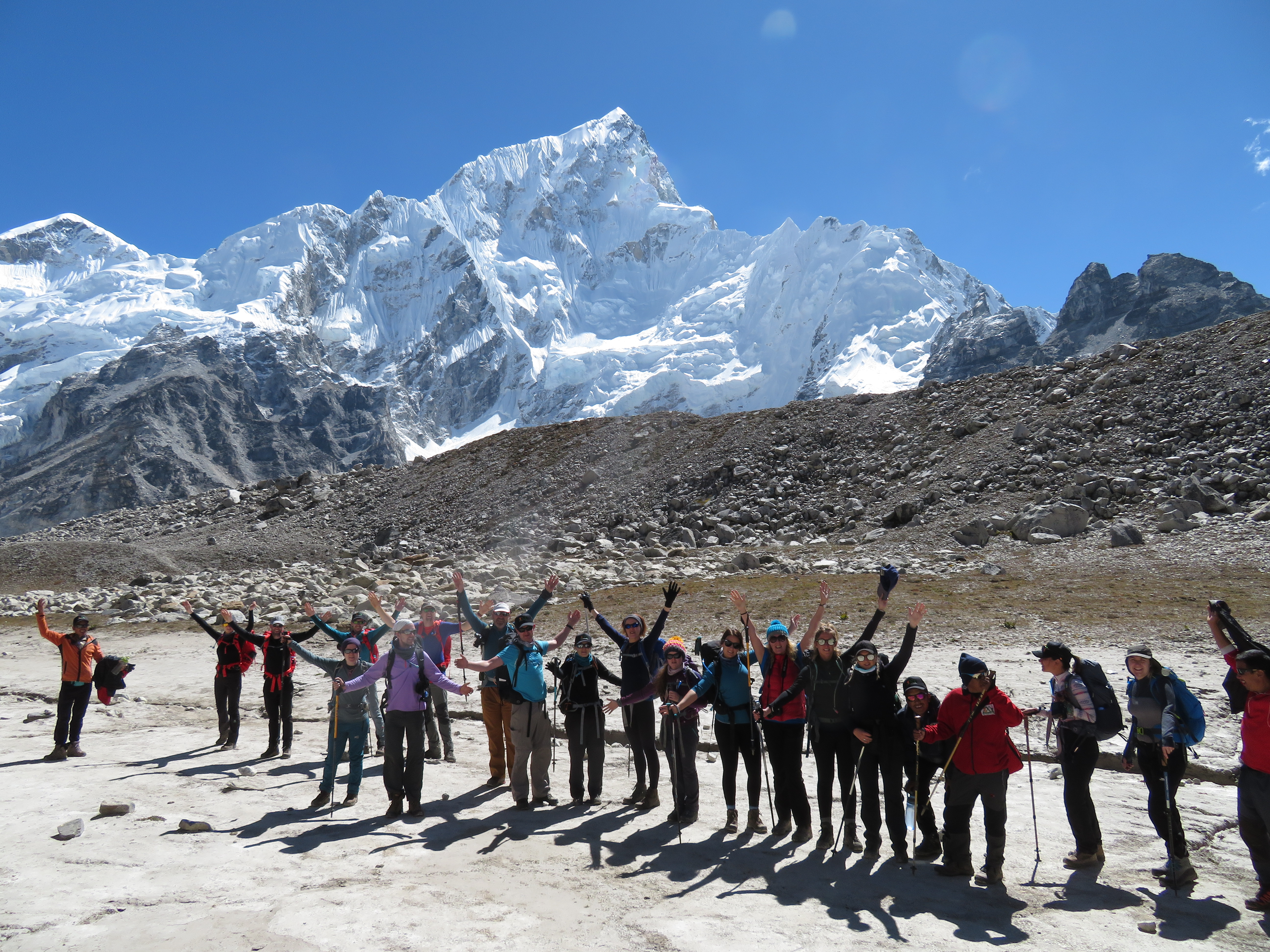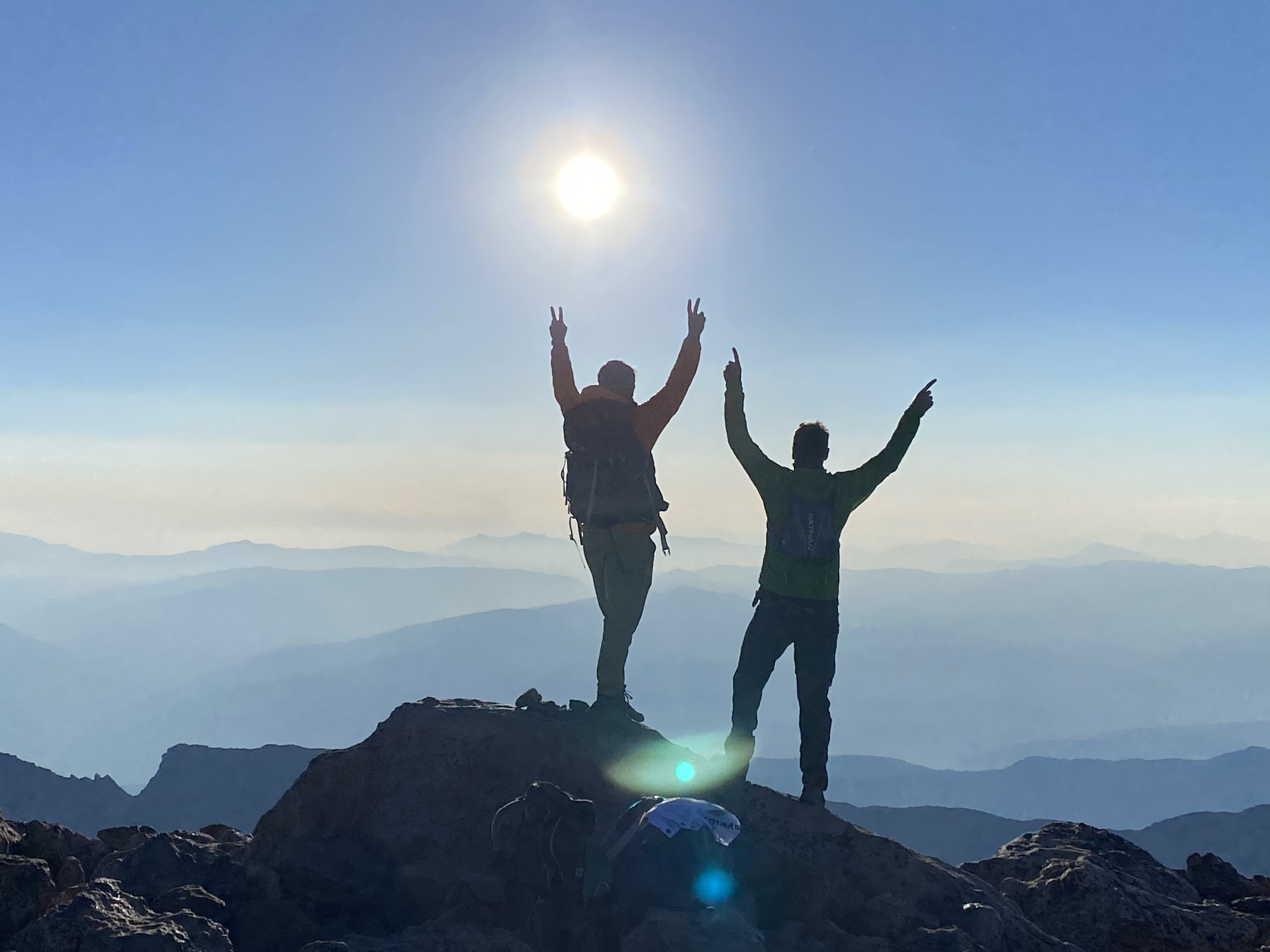High altitude trekking being safe and successful. This post is written from 20 years of experience. Firstly, I have personally led over 150 trips over 17,000 feet. Secondly, I have climbed to the top of Mount Everest at 29,029 feet and Kilimanjaro 40+ times. Finally, I have also led over 40 treks to Everest Base Camp along with many other trekking and mountaineering peaks around the world. Read some Reviews from our trips and follow us on Instagram.
1). Acclimatization is Everything
There has been a lot of research conducted in low oxygen environments over the past 30 years. After watching thousands of people at high altitude we have learned that people who fail to acclimatize in the lower portion of high altitude really struggle higher up. We have also learned that going to high altitude is very different than staying or sleeping at high altitude. If you plan on staying at high altitude for longer periods of time you need more days available for the body to have the minimum amount of acclimatization. Never compromise on having enough time for your body to adjust to the lack of oxygen. This can make or break your adventure.
2). Research on High Altitude
After years of experience and watching thousands of people trekking to High Altitude we know what to expect. We know if you spend more time in the lower realm of High Altitude 3,500m/ 11,500 feet you give your body time to adjust better. This will help you as you move to lower levels of oxygen. The PH levels in your body have to adjust and you need to create more red blood cells to carry oxygen. It is critical to spend more time in the lower realm of High Altitude so you can be safe to move higher. Learn more.
3). Hydration and High Altitude
We know that hydration in low oxygen environments is critical for your safety. This does need to be managed daily while living in low oxygen environments. Next to oxygen, water is the most important substance that our body needs to survive. Water makes up 60% of our body weight, and blood is normally about 94 percent water when the body is fully hydrated. Now, I am pretty sure that this is no surprise to any of you out there. However, I can’t tell you how many times I have been out backpacking, hiking or mountaineering with folks that just don’t give proper hydration the attention that it deserves. Learn more.
4). Have the Specific Training Required
You might find it strange that I even have to mention this, but a lot of people underestimate the level of training required for High Altitude Adventures. There is a massive correlation between physical strength, endurance and altitude related problems. The leaner, lighter and more conditioned your body is the hiking, hills, stairs the better you body will be able to cope. You training hard at home so you can better manage stress levels your body while in a low oxygen environment. Think about your safety, success and enjoyment. The better prepared you are, the more you will get out of the experience. Remember every trek, trip and journey will be different. Learn more.
5). Jumps in Altitude
Above 2,500m/ 8,200 feet you should never move more than 600m/ 2,000 feet in one day. Altitude is cumulative the higher you go the worse it gets. Less is always better. On Kilimanjaro we always have 4 nights in the range of 3,500m/ 11,500 feet to 4,050m/ 13,297 feet before moving higher on the mountain. These extra nights help you adjust better and give you the best chance at reaching the summit without any major altitude related problems. On our Everest Base Camp Treks we spend 4 nights in this same range helping give the best acclimatization and safer journey higher on the trail.
Going to high altitude is all about pressure difference. If I took you straight from sea level to 3,000m/ 10,000 feet most people should fine and you should be able to sleep. Maybe a slight headache, but you should be fine. If I took you from sea level to 5,300m/ 17,500 feet and we tried to stay there we would be dead the next morning. If I took you from sea level to the summit of Mount Everest we would be dead in 5 minutes. This teaches us we need to spend more time acclimatizing to give the body the minimum time to adjust.
6). What Elevation Range is High Altitude
High altitude is the elevation between 3,500m/ 11,500 feet and 5,500m/ 18,000 feet. Above 5,500m/ 18,000 feet is extreme altitude. If you are planning on moving to altitudes above 18,000 feet you need to make sure you have more time built into your itinerary. Remember, altitude is cumulative, the higher you go the worse the pressure and stress levels on your body. If you take more time in the acclimatization process you give yourself a safer journey into extreme altitude. For example, on Mera Peak we have lots of acclimatization lower down and we do not go above 5,000m/ 16,400 feet until day 11. Once we have excellent acclimatization we move to stay 2 nights at Mera Peak Base Camp 5,350m/ 17,552 feet. Then move to 5,800m/ 19,028 feet. This gives you optimal acclimatization so you can safely move above 6,200m/ 20,000 feet and get back down safely.
7). Be Self-Sufficient
You always want to be as self sufficient as possible. The more you invest in yourself and your chosen adventure the more you will get out of it. It might find it strange but we have had to turn people around the second day of an Everest Base Camp Trek because they couldn’t walk any further. Guides and support staff are there to lead the way manage your safety on the trail and help you enjoy the adventure. They are not there to carry your bags on the trail and hold your hand while you trek. You need to take personal responsibility for your health and well being and never relay on others for things you could have easily prepared for. Be in control of your destiny and come prepared. Contact us and learn more about your chosen adventure.
8). Tried and Tested Clothing and Equipment
For all our trips we send you an itemized kit list so you exactly what you need for your chosen adventure. We also have packing video’s for all our key trips. Get all your gear on, test it and make sure everything works. There is nothing worse than buying an air mattress and not checking it and finding a hole in it on the first night of your Kilimanjaro trip. Or you buy a down jacket but never wear it with other layers. You do not want to find out that it does not fit in your layering system on the trip. Being comfortable is one of the great mental challenges of any wilderness experience. Get out there and test all your clothing and equipment.
9). Managing Your Pace Through Heart Rate Zones
We always set a pace to suit our groups going to high altitude. When it comes to High Altitude trekking, you need to take your time in the first week of your trip. Over exerting in the early part of any high altitude trip is a big mistake. Your goal is to get from point A to point B expending as little energy as possible. Learn more about pacing at high altitude.
10). Go up Slowly and Come Down Quickly
The best trekkers and mountaineers are always the last up the hill. This aids their recovery and helps them reserve energy for then they need it. When training for high altitude you will need to training with higher heart rates and heavier back pack. When you go on your high altitude trip you want to carry less and trek with a lower heart rate. Professionals know that pacing and managing heart rates on the way up helps them safely make it back down again. You will need to learn how to perform correctly with the right heart rate so you can move safely at high altitude. If you would like to discuss this further, sign up to one of our trip and start a training plan, contact us today.

